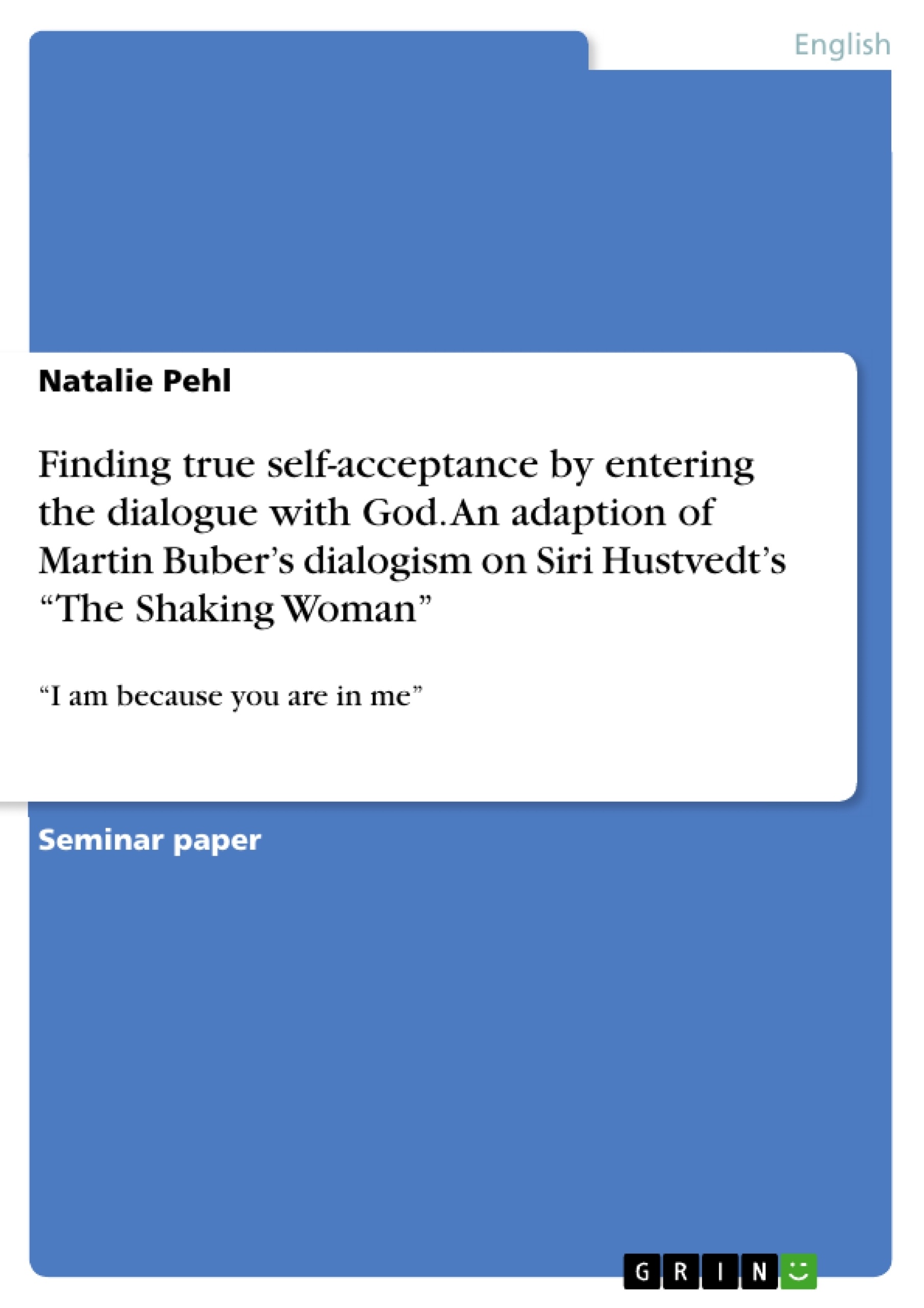Knowing one’s own self has been defined as one of the most difficult tasks to accomplish in our lives. Nevertheless, all of us feel the inner need to relate to ourselves in order to become holistic beings. But how do we get to know the self? In contrast to collectivism, individualism is considered an egoistical doctrine that selfishly ignores the needs of others.
However, the terms do not necessarily exclude each other. On the contrary, identity is based on relationships and on the dialogue with others. During the twentieth century, existential philosophy developed as a discipline which faced those big existential questions and tried to provide a guideline to find one’s personal identity in life. Eventually, existential philosophers such as Martin Buber and Mikhail Bakthin became known as pioneers of the so-called dialogical philosophy.
In opposition to individualism, Buber established a concept of getting to know the self from a totally different point of view. Instead of focusing exclusively on the subject as an individual, Buber presents an approach which stresses the importance of the other person. In his view, two individuals establish an intersubjective relationship in order to achieve self-formation.
In her book “The Shaking Woman” Siri Hustvedt describes her struggle of self-identification and self-acceptance. Hustvedt suffers from physical shaking but no one is able to find a certain diagnosis for her illness. Nevertheless, Hustvedt manages her inner conflict and finds self-acceptance in the end.
This paper shall provide evidence in how far Buber’s concept of dialogism supports Siri Hustvedt in order to resolve her inner conflict. By entering the dialogue with the other we are able to find and accept our true self. In relation to Martin Buber’s approach of dialogism, the act of entering the dialogue happens by addressing God, the so-called Eternal Thou. Therefore, the act of self-acceptance which occurs in “The Shaking Woman” can be also considered as religious experience.
First, this paper will explain Martin Buber’s dialogical approach and its relevance for the “Shaking Woman”. Further, I will point out the relevance of the Eternal Thou which provides healing and reconciliation with the self. Afterwards, this paper will analyze Siri Hustvedt’s conflict of the self and how she reaches self-acceptance by entering the dialogue in terms of Buber’s philosophy.
Inhaltsverzeichnis (Table of Contents)
- Introduction
- Martin Buber's I and Thou Dialogism
- The Eternal Thou
- The ambiguity of the self in Siri Hustvedt's "The Shaking Woman"
- The "Shaking Woman" enters the dialogue
- Conclusion
Zielsetzung und Themenschwerpunkte (Objectives and Key Themes)
This paper examines the concept of self-acceptance through the lens of Martin Buber's dialogical philosophy, specifically in relation to Siri Hustvedt's memoir "The Shaking Woman." It explores how the act of entering into dialogue, particularly with a higher power, can facilitate self-discovery and reconciliation.
- Martin Buber's I-Thou dialogism and its relevance to self-understanding
- The role of the Eternal Thou (God) in Buber's philosophy and its application to Hustvedt's experience
- The ambiguity of the self and the challenges of self-identification
- The process of self-acceptance through dialogical engagement
- The potential for religious experience in the context of self-discovery
Zusammenfassung der Kapitel (Chapter Summaries)
- Introduction: The paper introduces the concept of self-acceptance and its importance in achieving a holistic sense of being. It contrasts individualism with collectivism and highlights the role of dialogue in shaping identity. It also introduces Martin Buber's dialogical philosophy and its relevance to Siri Hustvedt's experience in "The Shaking Woman."
- Martin Buber's I and Thou Dialogism: This chapter delves into Buber's philosophy of dialogism, emphasizing the importance of interpersonal relationships and the encounter between "I" and "Thou." It explains the concept of "I-Thou" and "I-It" relationships and how the "I" is formed through the dialogue with the "Thou."
- The ambiguity of the self in Siri Hustvedt's "The Shaking Woman": This chapter explores Hustvedt's struggle with self-identification and self-acceptance as depicted in her memoir. It highlights the challenges she faces due to her physical shaking and the lack of a definitive diagnosis for her illness.
- The "Shaking Woman" enters the dialogue: This chapter analyzes how Hustvedt's experience of self-discovery and self-acceptance aligns with Buber's dialogical approach. It examines the role of the Eternal Thou (God) in her journey and how she finds healing and reconciliation through engaging in dialogue.
Schlüsselwörter (Keywords)
This paper examines the concept of self-acceptance through the lens of Martin Buber's dialogical philosophy, specifically in relation to Siri Hustvedt's memoir "The Shaking Woman." Key themes include I-Thou relationship, the Eternal Thou, self-identification, self-acceptance, and religious experience.
- Citation du texte
- Bachelor of Education Natalie Pehl (Auteur), 2016, Finding true self-acceptance by entering the dialogue with God. An adaption of Martin Buber’s dialogism on Siri Hustvedt’s “The Shaking Woman”, Munich, GRIN Verlag, https://www.grin.com/document/344302



